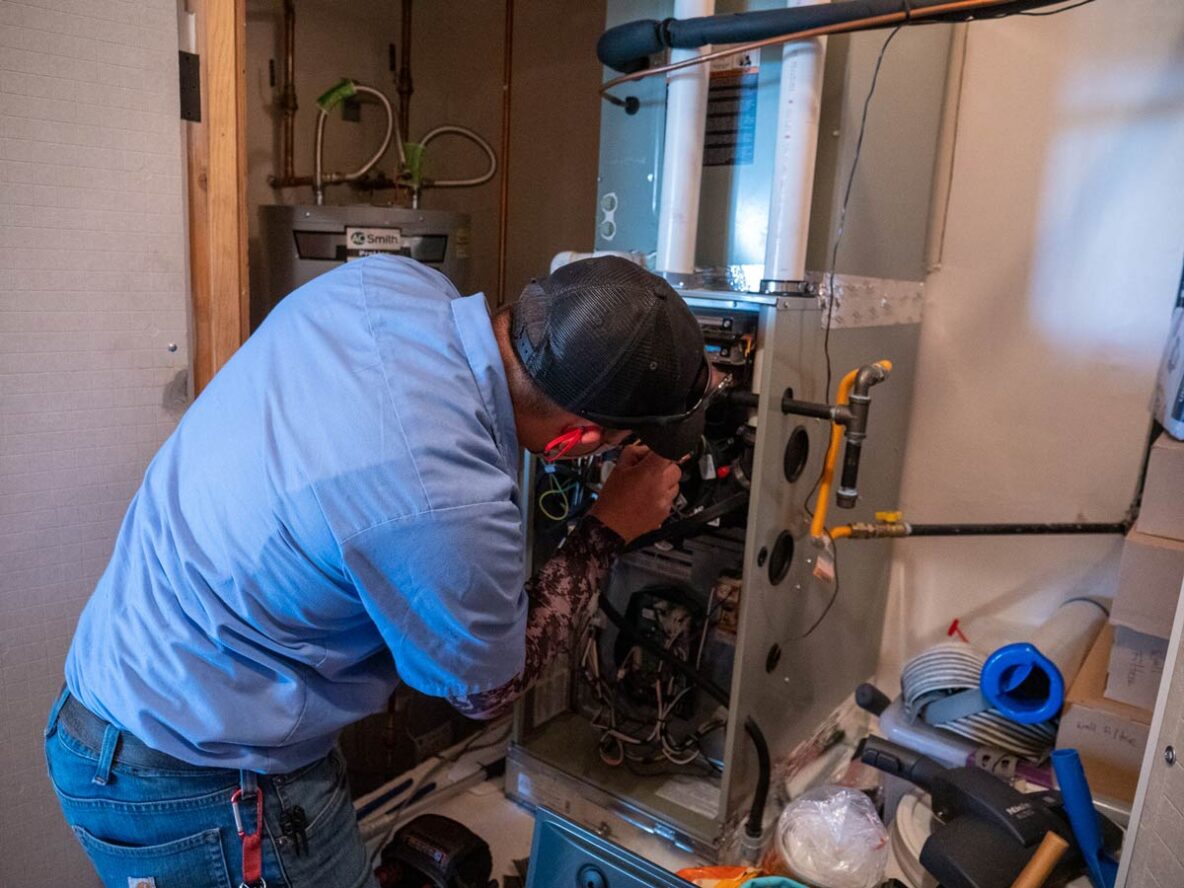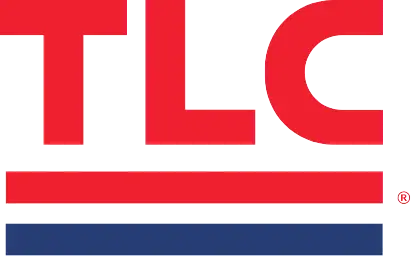How Does A Furnace Work?

If you live in New Mexico, chances are your home is heated by a forced-air furnace. When you know how your furnace works, you have a better understanding of what maintenance it needs and how to recognize when it’s not working correctly.
How does a forced-air furnace work?
A forced-air furnace is made up of three primary systems:
- The heat exchanger
- The distribution system
- The control system
These three components work together to heat and circulate the air in your home. Let’s look at how they work together to make your home cozy.
What is a heat exchanger?
The heat exchanger is the part of your furnace that is responsible for heating the air. It’s where fuel combustion takes place. You might remember from science class that the byproducts of combustion are heat and gaseous waste (carbon monoxide). The heat “byproduct” is what warms the air in your home.
Here’s how it works:
The burners and the Pilot
The burners are metal tubes inside the heat exchanger. This is where the fuel is combined with air and flame to cause the fuel to burn (combustion). In New Mexico, the most common fuel types are propane, natural gas, and electricity. The fuel is lit by the pilot, which starts the combustion process. The carbon monoxide waste is vented outside by the flue vent.
Always make sure to have an operational carbon monoxide (CO) detector installed in your home. If the heat exchanger is old or damaged, carbon monoxide may leak into the house instead of being returned to the outdoors. Carbon monoxide is dangerous to your health, even deadly. A detector is an inexpensive and easy way to keep yourself safe.
The Furnace Air Filter
Before the cold air in your home is heated by the burners, it is drawn into the heat exchanger. It’s pulled in through the main vent and passes through the furnace air filter. The air filter captures dust, debris, and pollen. This makes your air a little cleaner to breathe, but it also protects your equipment. If the furnace filter is dirty or is missing, the dust and debris can cause serious damage over time.
After the air travels through the filter, it passes over the heated burners. This is where the “exchange” of heat takes place. The cold air is warmed by the burners and is ready to be distributed through the house.
What is a furnace distribution system?
After the air has been warmed by the heat exchanger, it is spread through your home by the blower and duct system. The blower is a fan that sends the heated air through the air ducts and vents. Cool air is then drawn back into the heat exchanger, creating a full cycle of heating.
What is a furnace control system?
You probably already guessed that the thermostat is the brains of the operation. This temperature-activated device controls the entire heating system.
When the temperature in your home drops below your setting, the thermostat is activated. It sends a signal to the control board inside the furnace to start the heating cycle. This causes the ignition to switch on, setting the rest of the system (combustion, air handling, distribution) into motion.
After the home warms back up to the preferred temperature, the thermostat sends another signal to the control board to shut the furnace down.
How do I know my furnace isn’t working correctly?
There are many different signs that something is wrong with your furnace. The most common are:
- The furnace cycles on and then shuts down right away
- Knocking, grinding, or squealing noises coming from your furnace
- The blower never shuts off
- The blower only blows cold air
- The furnace smells bad
- Your energy bills spike unexpectedly
If you notice any of these issues or something just doesn’t seem right, it’s time to call your HVAC professional. Many of these issues can be repaired. Keep in mind, if the repairs are going to cost more than $300 – $400 or your furnace is in the 15 – 20-year-old range, it might be time for a new one.
Do I need a professional to maintain my furnace?
It’s important to have your furnace professionally maintained once a year before you start using it. This is important for four reasons:
- You avoid problems like dirty flame sensors and blower balance issues
- Minor issues can be caught and corrected before they cause damage
- A professional will check for carbon monoxide (CO) and gas leaks
- A well-maintained furnace lasts longer and runs more efficiently
It’s just like getting your annual physical done, taking your car in for routine maintenance, or having your teeth cleaned. Regular maintenance helps you catch problems before they become emergencies.
Want to make annual furnace maintenance easy? Learn more about TLC’s Preventive Maintenance Agreement.
With a basic knowledge of how your forced-air furnace works, you will be better able to recognize when something goes wrong or when maintenance is needed. If you have a question about your furnace, you can ask a pro today. You can also schedule an appointment online or give us a call at 505-761-9644 for Albuquerque, or 505-471-0119 for Santa Fe.
